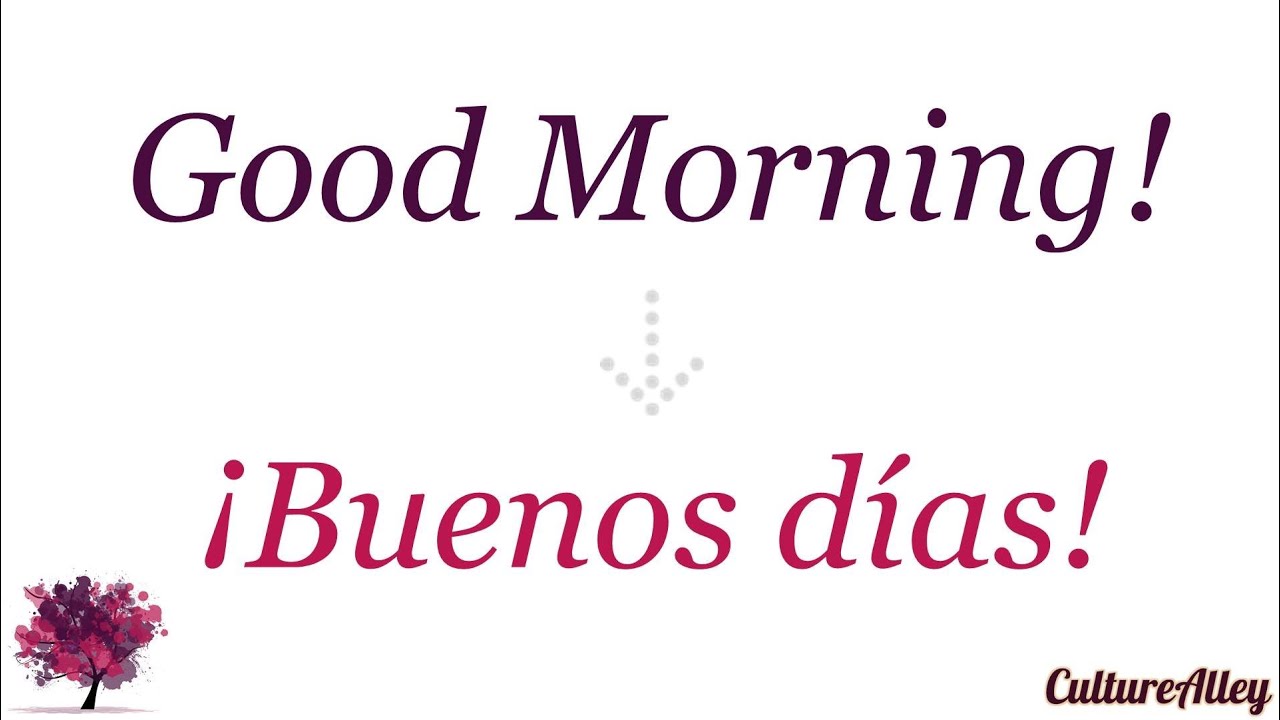spanish in Good Morning

Understanding the Spanish Phrase for “Good Morning”
When greeting someone in Spanish, “Good Morning” translates to “Buenos Días.” This simple yet warm expression is commonly used in Spanish-speaking countries to convey a positive start to the day.
The Importance of Morning Greetings in Spanish Culture
In many Spanish-speaking cultures, greetings are a vital part of daily interactions. Saying “Buenos Días” is more than just a polite gesture; it reflects a sense of community and friendliness. It sets a positive tone for the day, fostering connections between individuals.
How to Use “Buenos Días” in Different Contexts
“Buenos Días” can be used in various settings, whether in formal situations, such as business meetings, or informal ones, like greeting friends or family. It’s a versatile phrase that can help break the ice and initiate conversations.
Variations and Related Greetings
While “Buenos Días” is the standard way to say “Good Morning,” there are other expressions you might hear, such as “¡Hola!” (Hello) or even “¡Qué tal!” (What’s up!). Understanding these variations can enhance your conversational skills in Spanish.
Tips for Practicing Your Spanish Greetings
To get comfortable using “Buenos Días” and other greetings, practice with native speakers, listen to Spanish music, or watch Spanish films. Immersing yourself in the language will help you pick up nuances and improve your pronunciation.
Conclusion
Incorporating “Buenos Días” into your Spanish vocabulary is a small yet impactful way to engage with Spanish-speaking individuals. Whether you’re traveling to a Spanish-speaking country or interacting with friends, a simple “Good Morning” can brighten someone’s day.








